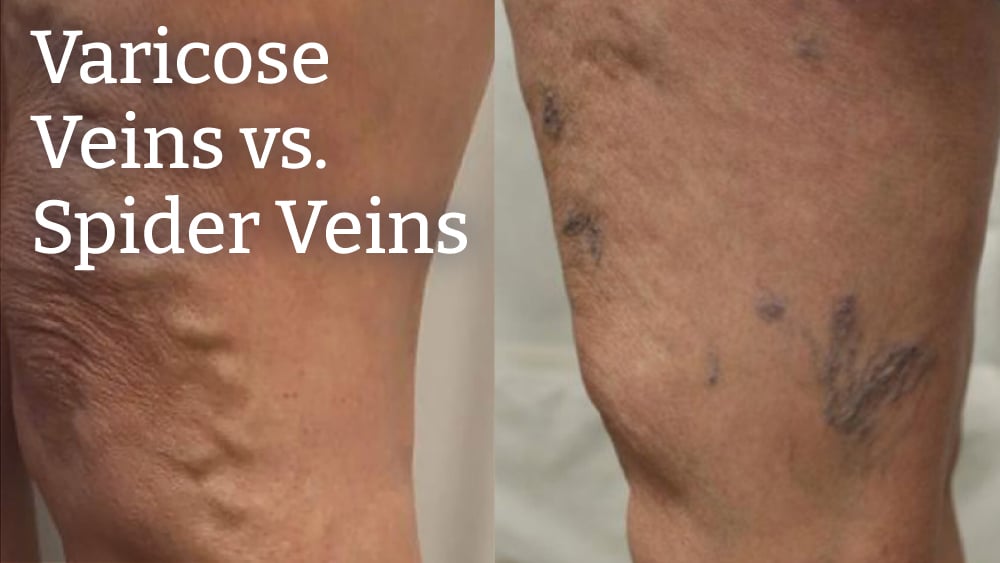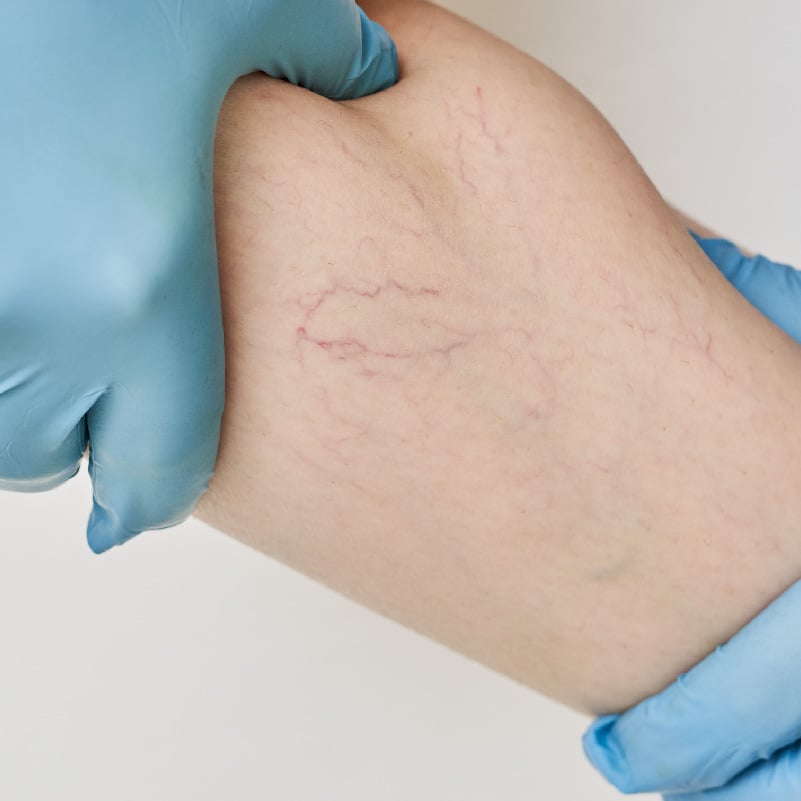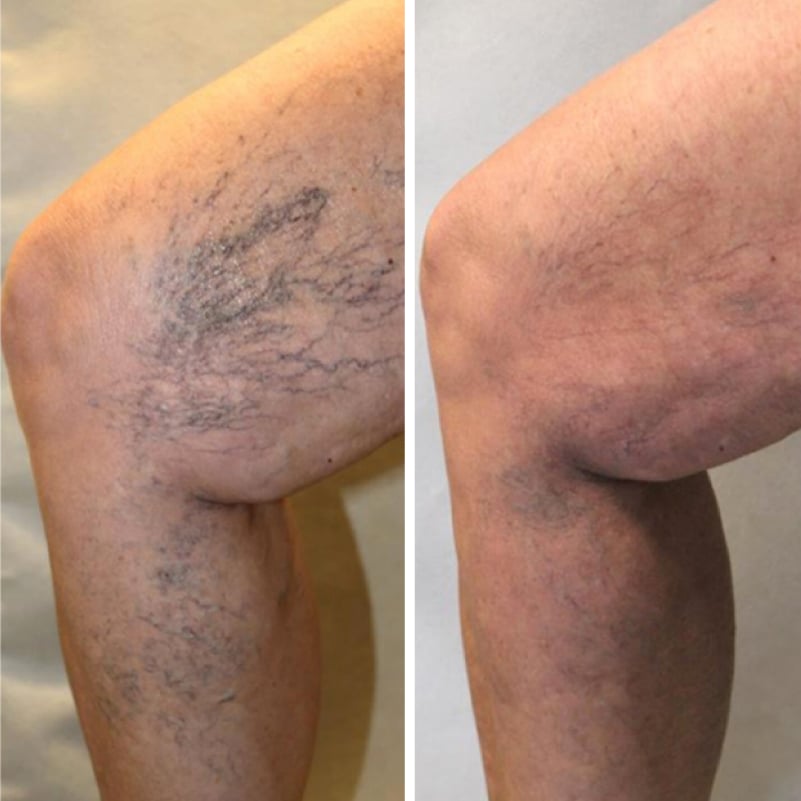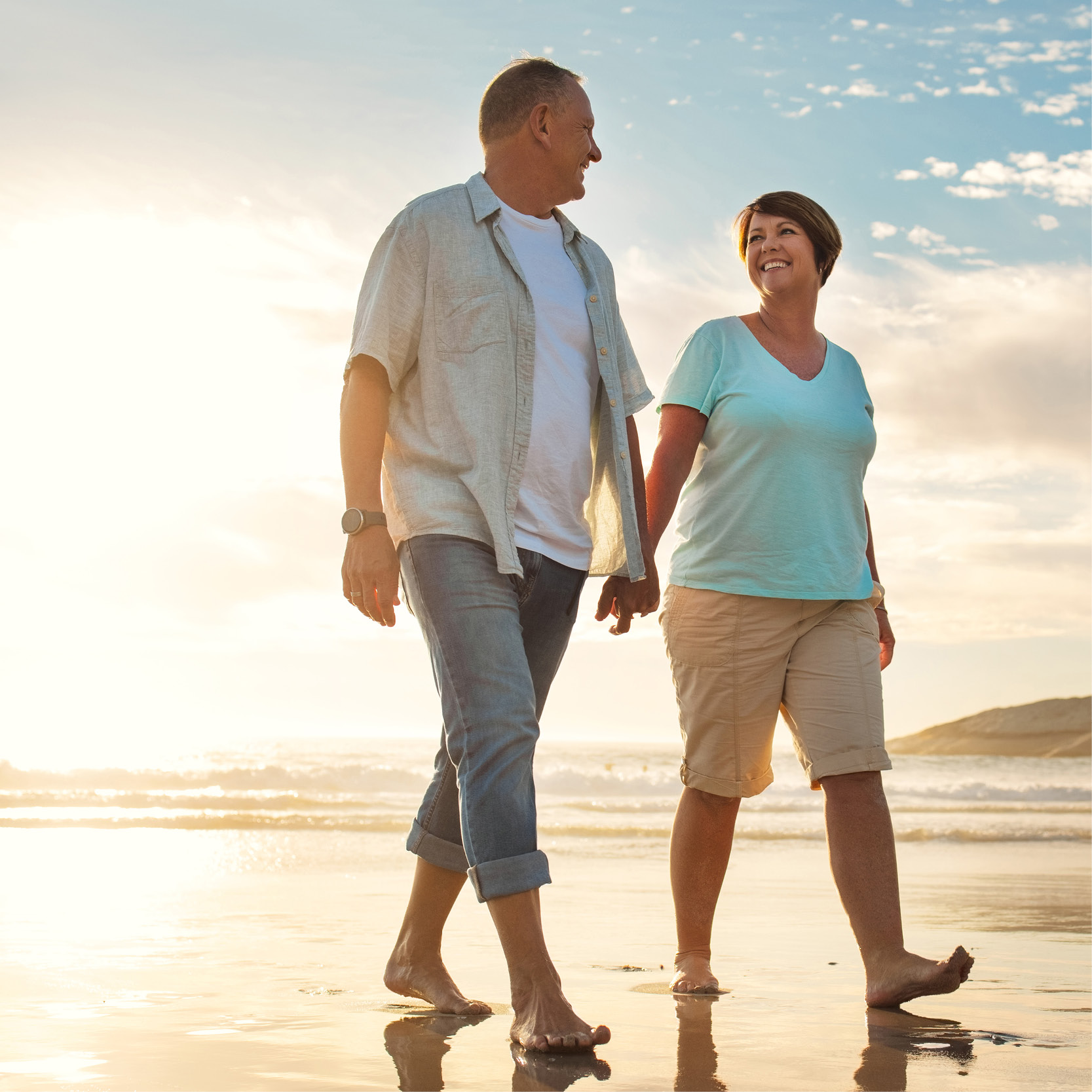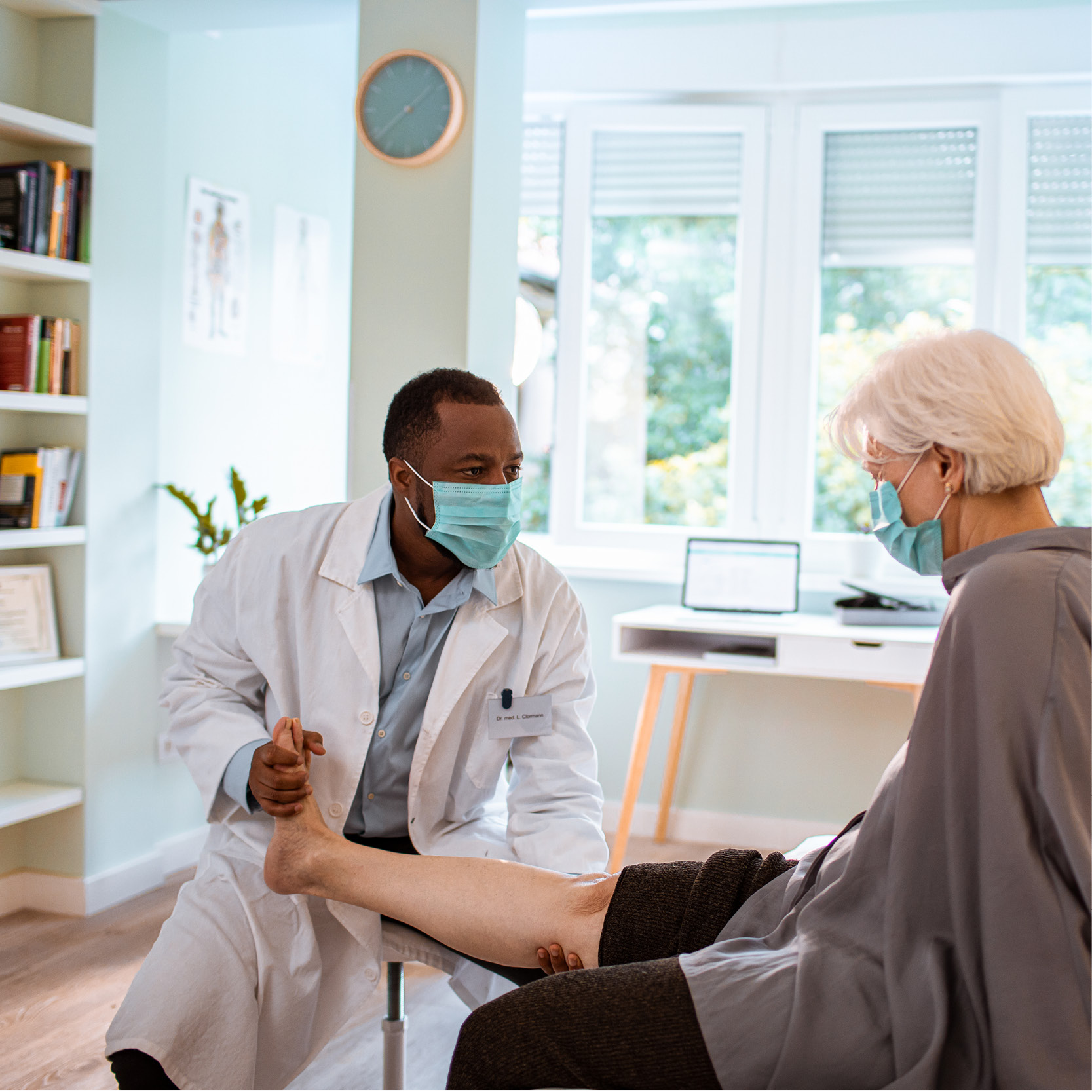To find the correct treatment for your leg veins, it is important to understand the differences between varicose veins and spider veins. Many people mistakenly think varicose and spider veins are two different names for the same condition. While it’s true that patients can have both types of veins, they have different symptoms, risks, and treatments associated with each separate condition.
Varicose veins in the legs cause a multitude of symptoms such as pain, heaviness, and swelling that can affect everyday life. Spider veins however, usually do not cause any symptoms and are only of cosmetic concern. It is time to spring into action to receive more information before the warm weather begins. Our goal at the Rochester Regional Health Vein Treatment Center is to get your legs feeling and looking healthy again.
Varicose veins
Varicose veins are larger than 3mm in size and can be red, purple or blue in color. These veins twist and turn and can be visible underneath the surface of the skin. Varicose veins form when one-way valves in the veins that are designed to prevent the back flow of blood become leaky and blood begins to pool.
Many patients report feelings of:
- Heaviness and tired legs
- Dull throbbing, aching, or pain
- Swelling
- Itching or burning
- Cramping and restless legs
Varicose veins that are causing symptoms require a comprehensive ultrasound to determine which treatment options are appropriate for each individual patient. This ultrasound appointment, as well as any necessary procedures, is billed to your insurance as any other specialty care would be and is subject to your copay and/or deductible.
Spider veins
Spider veins tend to be much smaller than varicose veins and generally are less painful or even painless.
Some veins may be:
- Smaller in size, typically under 1mm
- Red or blueish in color
- Looking like a spider web
These veins can be caused by genetics, injuries, trauma, hormones, or varicose veins. Spider veins do not cause patients any symptoms; therefore, treatment is considered a cosmetic procedure. Because of this, cosmetic sclerotherapy is not covered by insurance and is an out-of-pocket cost.
Treatments
Venous disease is a common condition that affects people from all different backgrounds. It is estimated that up to 40 percent of the U.S. population has venous insufficiency and affects both men and women.
Fortunately, the physicians at the Rochester Regional Health Vein Treatment Center are experts in treating both spider and varicose veins with the newest and most effective treatment options.

